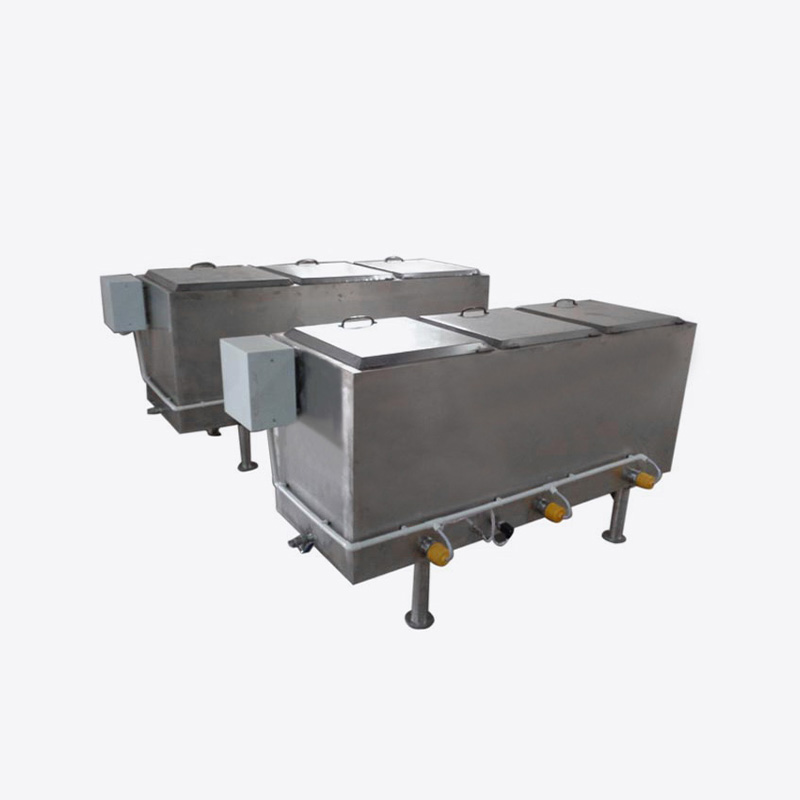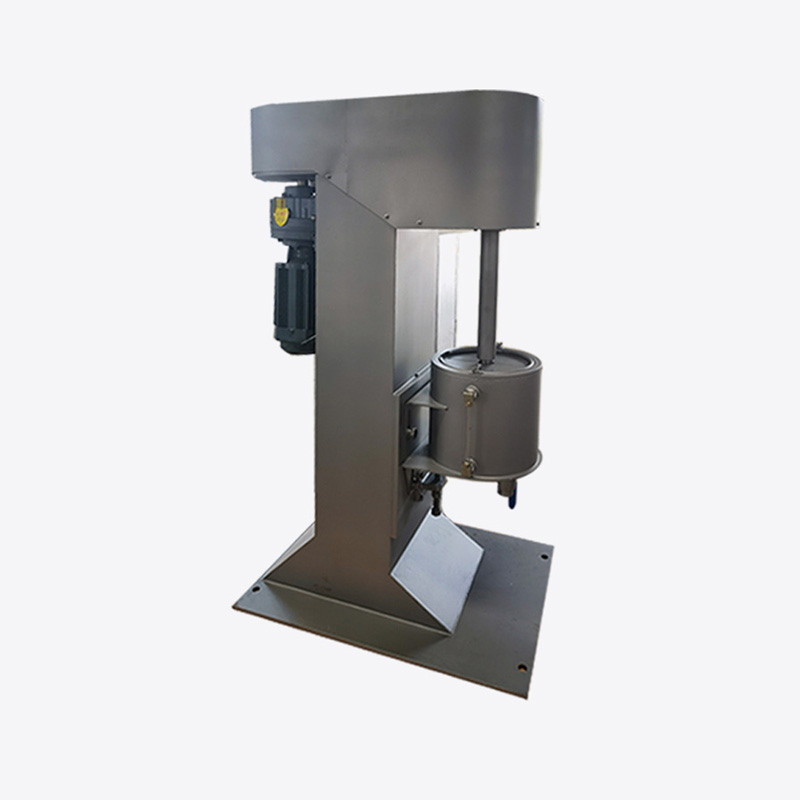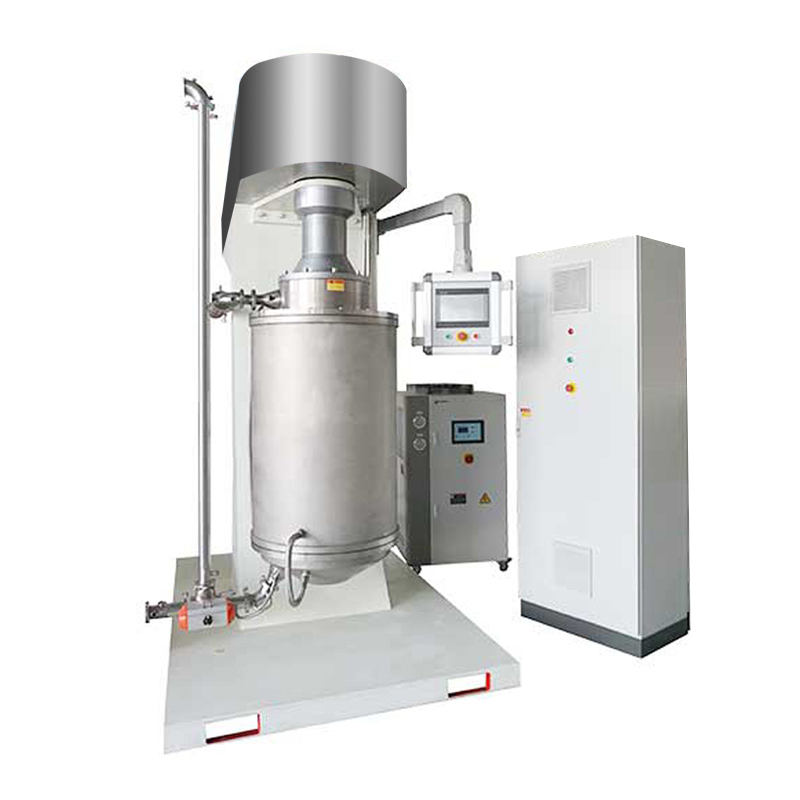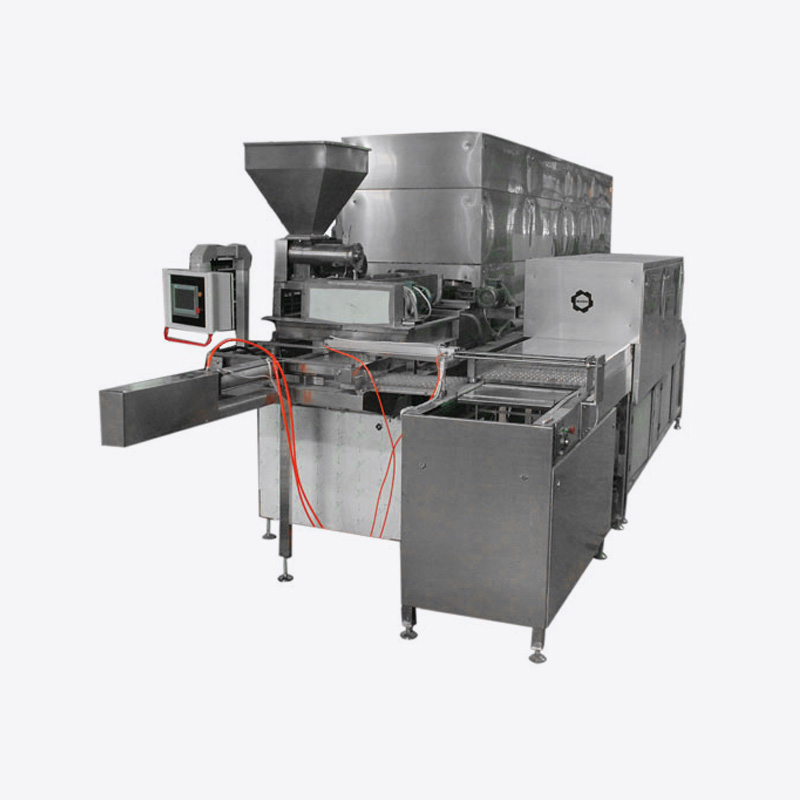Chocolate is a beloved treat worldwide, and its quality is judged not only by flavor but also by texture. Smoothness is one of the most critical attributes that distinguish high-quality chocolate from lower-grade products. A key piece of equipment responsible for achieving this smooth, luxurious texture is the chocolate conche. But does the conching process truly make chocolate smoother? The answer is a definitive yes, and understanding how conching works explains why it is essential in chocolate production.
1. What Is a Chocolate Conche?
A chocolate conche is a machine used in chocolate production to refine and homogenize cocoa mass, sugar, and other ingredients. Invented in the late 19th century by Rodolphe Lindt, the conche revolutionized chocolate making by improving texture, flavor, and overall quality.
The conche works by mechanically agitating the chocolate mixture, using rollers or paddles to break down cocoa particles and distribute cocoa butter evenly. This continuous movement also helps evaporate unwanted volatile acids and moisture, contributing to a smoother taste and refined texture.
2. How Conching Affects Texture
The smoothness of chocolate depends largely on the size of solid particles in the cocoa mass. Before conching, chocolate may have gritty or coarse particles due to uneven grinding of cocoa nibs and sugar. The conching process reduces these particles to a fine, uniform size, often below 20 microns, which is imperceptible to the tongue.
During conching, mechanical action breaks down large particles and evenly distributes cocoa butter, creating a homogeneous mixture. This uniform distribution ensures that each bite has consistent texture, preventing grittiness and improving mouthfeel.
3. The Role of Heat in Smoothing Chocolate
Conching also applies controlled heat to the chocolate mass. Heat helps soften cocoa butter and other fats, allowing them to coat the solid particles more effectively. This lubrication effect is critical for creating a smooth, creamy chocolate texture.
Additionally, heating during conching promotes the evaporation of volatile acids and undesirable compounds from cocoa, which not only enhances flavor but also contributes to a silky, refined consistency. The combination of heat and mechanical movement ensures that chocolate becomes smooth and spreadable.
4. Flavor and Texture Are Interconnected
Texture and flavor are closely linked in chocolate. A smooth texture allows chocolate to melt evenly on the tongue, releasing flavors gradually and enhancing the overall sensory experience. By eliminating rough particles and achieving a uniform consistency, conching improves both the tactile and taste aspects of chocolate.
Without conching, even high-quality cocoa and ingredients may result in chocolate that feels gritty, uneven, or coarse, detracting from the luxurious experience that chocolate lovers expect.
5. Duration and Speed of Conching
The smoothness achieved in chocolate depends on the duration and speed of the conching process. Longer conching times generally result in finer particle distribution and smoother texture, although excessive conching can sometimes lead to over-refined chocolate that loses some character.
Modern conches allow producers to adjust temperature, mixing speed, and duration based on the type of chocolate being produced. Milk chocolate, for example, often requires a longer conching time than dark chocolate to achieve the desired creaminess and smoothness due to differences in sugar and milk solids.
6. Types of Conches and Their Impact
There are several types of conches, including longitudinal, rotary, and modern conche machines. Each type achieves the goal of smoothing chocolate but with variations in efficiency and texture results.
- Longitudinal conches use long troughs and rollers to mix and refine chocolate over hours or even days.
- Rotary conches use rotating drums or paddles for faster processing, suitable for larger production.
- Modern conches often combine mechanical refining with precise temperature control, allowing for consistent texture and high production efficiency.
Regardless of the type, the mechanical action and heat of conching are essential to producing smooth, high-quality chocolate.
7. Conclusion
In conclusion, the chocolate conche is fundamental to achieving a smooth chocolate texture. By reducing particle size, evenly distributing cocoa butter, and incorporating controlled heat, conching transforms chocolate from a coarse, gritty mixture into a velvety, luxurious product. The process not only enhances texture but also improves flavor, mouthfeel, and overall quality, making it indispensable in modern chocolate production. Whether producing dark, milk, or specialty chocolates, the conche ensures that every bite delivers the silky, smooth sensation that chocolate lovers expect.
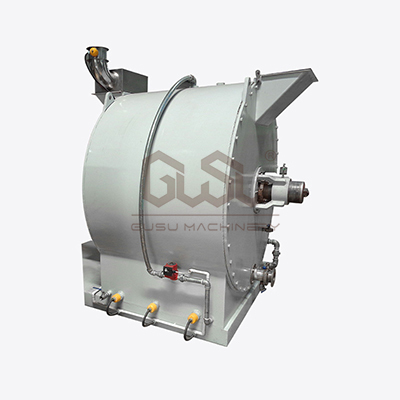



 English
English Español
Español

